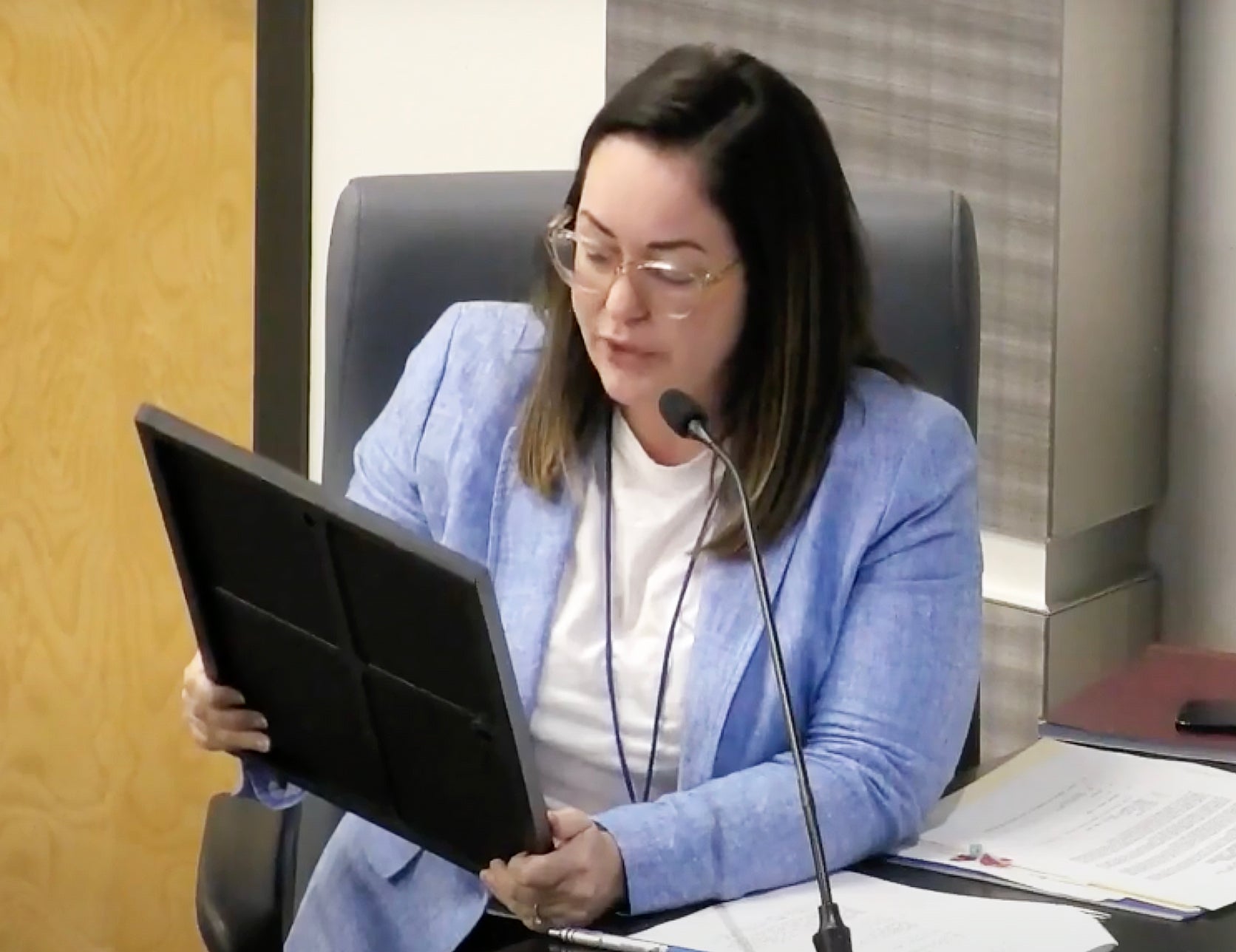DHH sends St. John letter after faulty water sample
Published 12:00 am Saturday, May 28, 2011
By ROBIN SHANNON
L’Observateur
LAPLACE – St. John the Baptist Parish Officials said Thursday that improper collection of tap water samples from the east bank water system resulted in a violation letter from the state Department of Health and Hospitals.
Parish Utilities Director Virgil Rayneri said plant operators at the water filtration facility in LaPlace failed to follow the proper DHH-approved sampling protocol when pulling two samples from the water system back in April. When those samples were sent to DHH for approval, they came back positive for bacteria.
The positive reading resulted in a warning letter from DHH that is expected to reach homes next week detailing the violation. The letter details the violation but ensures residents the water is safe to consume.
“Nothing is wrong with the water, and the residents are not at risk,” Rayneri said. “This is the first positive sample we have had since the system was fully functioning. We just want the public to know why the letter got sent out and what we are doing to correct it.”
Rayneri said the positive reading could have come from any number of things during the sampling process. He said the utilities department would be instituting new sampling protocols, putting plant employees through more training and performing more sampling as needed.
“The sample taker could have neglected to wear proper gloves or equipment. The sample bag could have already been contaminated. It could have been anything,” Rayneri said. “It doesn’t take much to contaminate a sample once it has been pulled from the system, and any significant misstep can cause contamination.”
The parish purchased the $3.3 million reverse osmosis filtration system in 2003 as a result of an administrative order from DHH regarding contaminants in the water coming from the Ruddock water plant.
The filter system eliminated the need for excessive chlorination of the water.
The system, which suffered through a series of delays in installation, was fully operational in late 2009 and producing better quality water since then.





